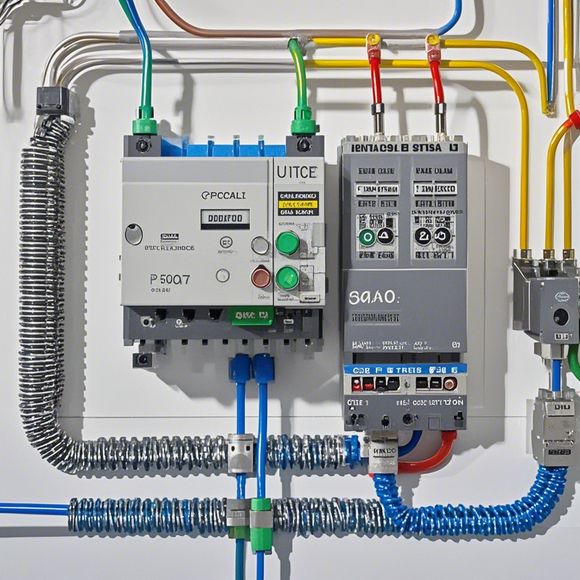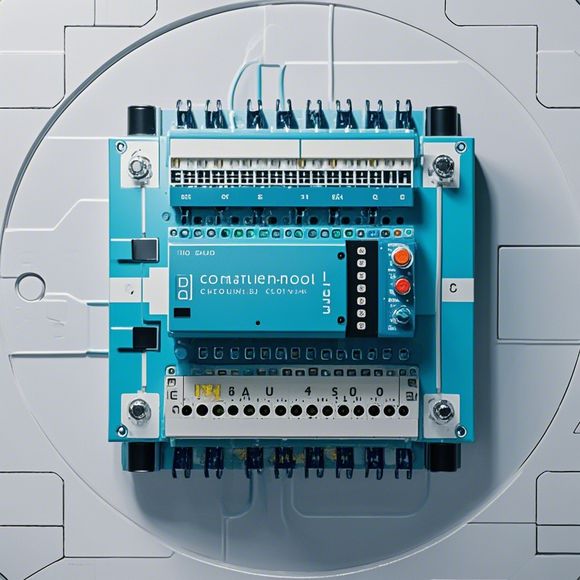PLC (Programmable Logic Controller) Overview
Introduction to Programmable Logic Controllers (PLCs):
In the realm of industrial automation, programmable logic controllers (PLCs) play a pivotal role. These versatile devices are designed to automate complex processes and control systems in a variety of industries, from manufacturing to healthcare and even transportation. At their core, PLCs consist of an array of interconnected electronic circuits that can be programmed to perform specific tasks. By leveraging this programming capability, PLCs enable seamless integration into various industrial applications, allowing for precise control over machinery, equipment, and other components.
The working principle of a PLC is based on the concept of digital logic, which involves the use of binary code to represent and manipulate information. When a PLC is activated, it reads incoming signals from sensors, switches, and other input devices. These signals are then interpreted by the internal logic of the PLC, which determines the appropriate action required to achieve the desired outcome. The output of the PLC is typically sent to actuators, such as motors or valves, to control the motion of machinery or adjust the flow of materials.

One of the key advantages of PLCs is their flexibility and adaptability. With just a few simple commands, a PLC can be configured to perform a wide range of functions, including monitoring, controlling, and diagnosing complex systems. This makes them ideal for environments where there may be frequent changes in requirements or unexpected events that require immediate response.
Another significant benefit of PLCs is their reliability and durability. Thanks to their robust design and advanced features, PLCs are capable of withstanding harsh operating conditions and long periods of use without fail. This ensures that they remain reliable and efficient even in environments with high levels of noise, dust, or vibration.
In addition to their technical advantages, PLCs also offer significant cost savings compared to traditional analog control systems. Since they eliminate the need for dedicated hardware and software development, PLCs can be customized to meet specific requirements without the need for extensive customization or programming. This makes them an attractive option for businesses looking to streamline their operations and reduce costs.
Despite their many benefits, PLCs are not without their challenges. One common issue is the complexity of programming and maintenance. While PLCs offer a high degree of flexibility and adaptability, they also require careful programming to ensure optimal performance. Additionally, maintaining PLCs requires regular testing and troubleshooting to detect and address any issues that may arise.

Another potential drawback of PLCs is their lack of user-friendliness. Unlike many modern computer systems, PLCs are designed to operate in a more straightforward manner, with fewer options for customization or configuration. This can make them less intuitive for users who are new to automation or who prefer more feature-rich systems.
Despite these challenges, the benefits of PLCs continue to outweigh the drawbacks. As technology continues to advance, it is likely that PLCs will continue to play an increasingly important role in industrial automation. Whether you're a small business owner looking to streamline your operations or a large corporation seeking to optimize your production process, PLCs offer a powerful solution that can help you achieve your goals. So why not consider investing in PLCs today? You'll be glad you did!
Content expansion reading:
Articles related to the knowledge points of this article:
PLC Controller Wiring Guideline
PLC Controller for Manufacturing Automation
The cost of a PLC Controller: A Comprehensive Analysis
PLC Programming for Automation Control in the Manufacturing Industry